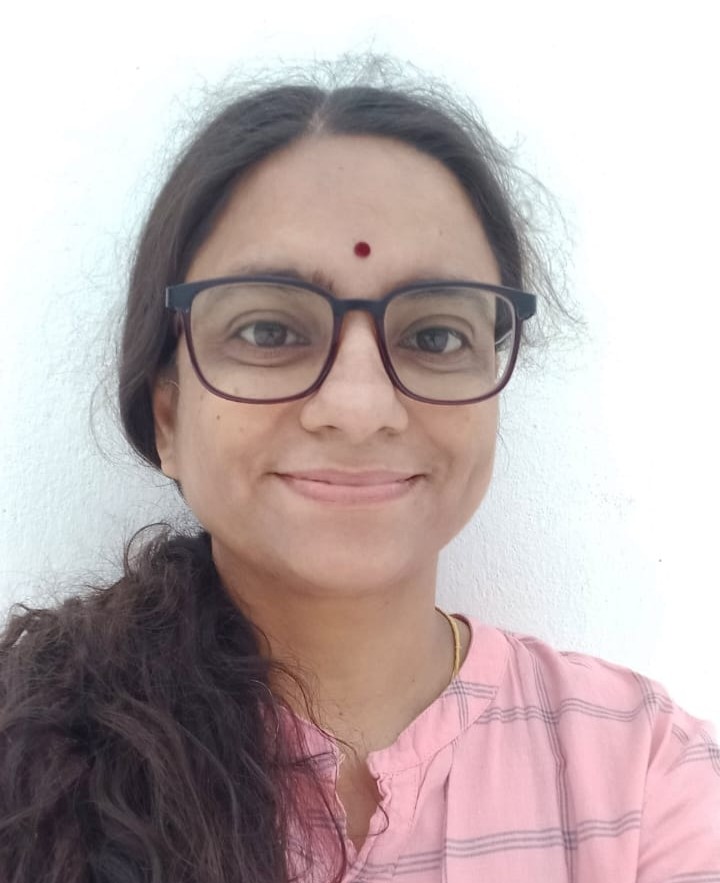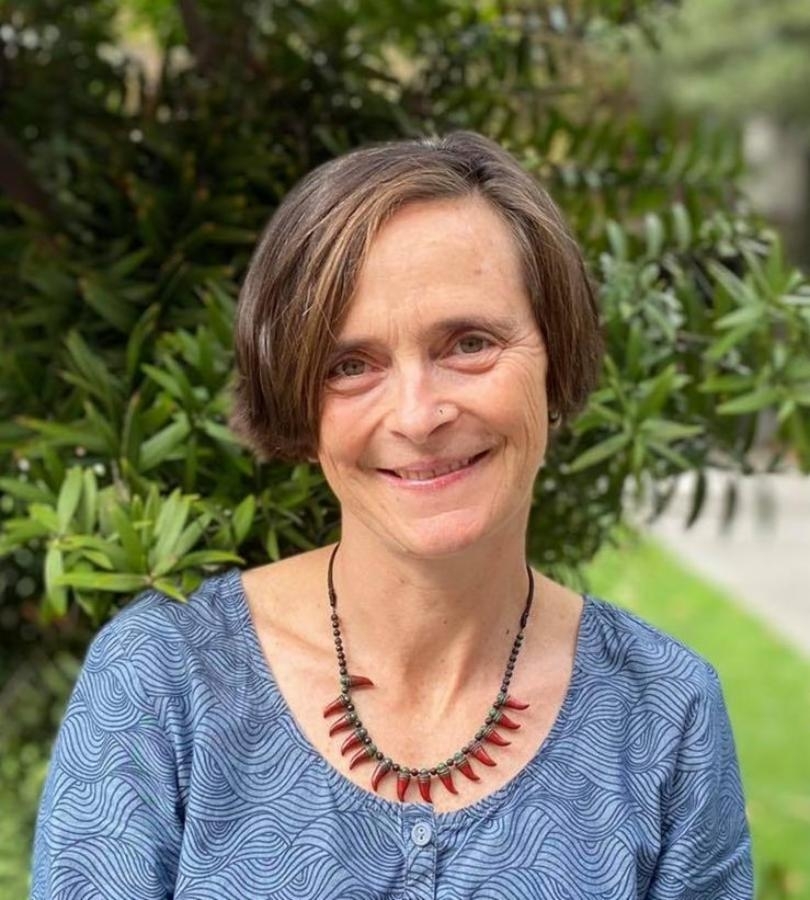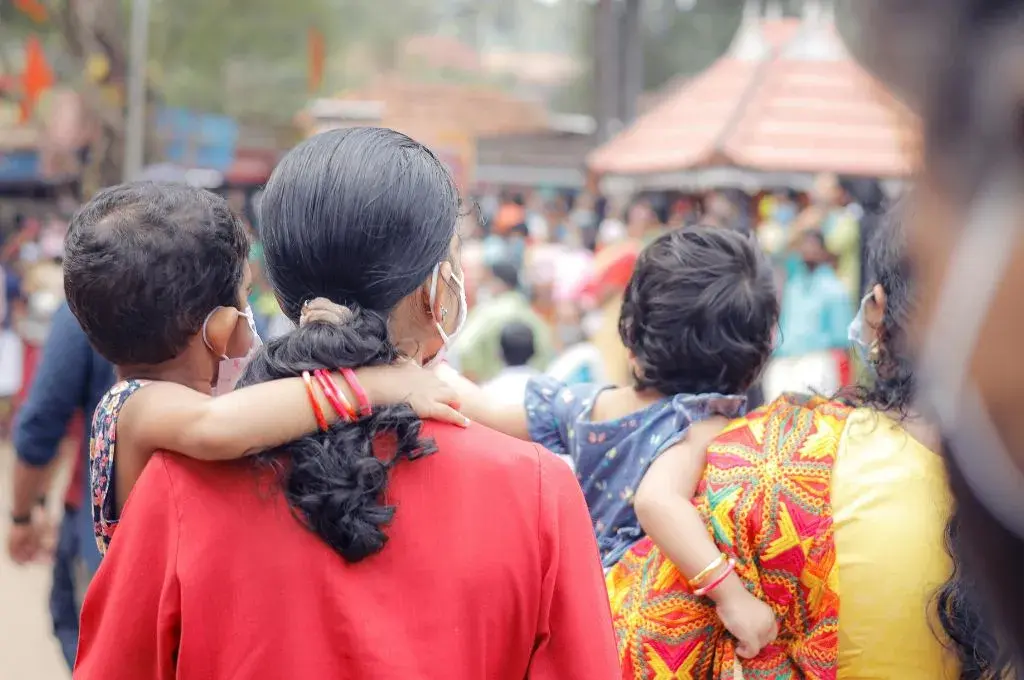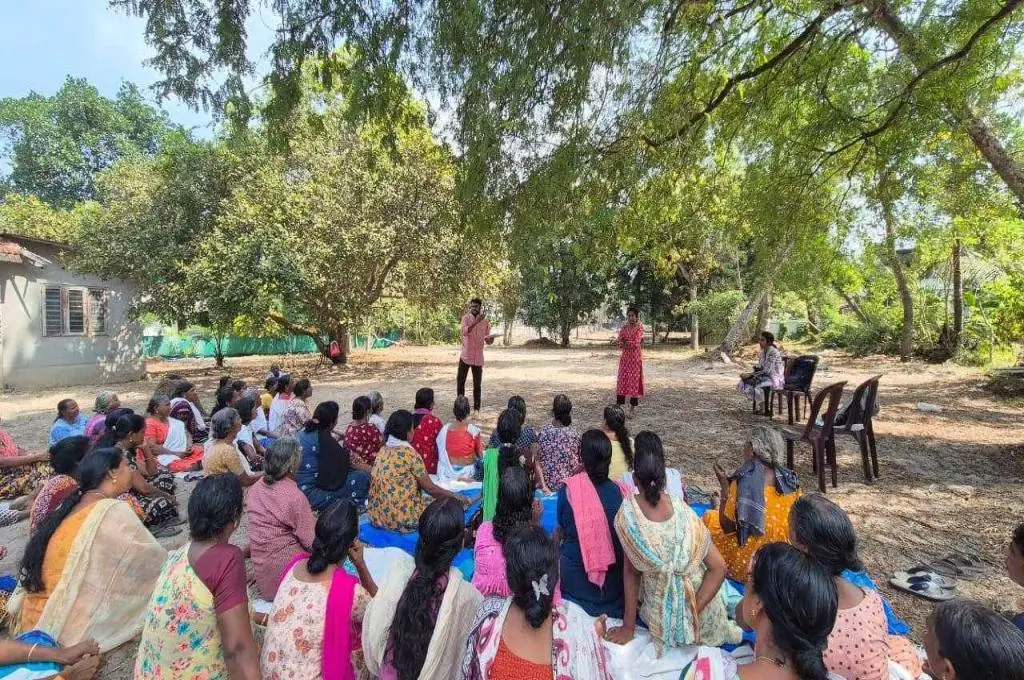According to the National Mental Health Survey (NMHS) 2015–16, one in every six people in India requires some form of mental health support. However, access to care remains severely limited, with treatment gaps ranging from 70 to 92 percent across different disorders. Existing global mental health interventions propose a one-size-fits-all approach, such as relying on diagnostic categories built on Western constructs, which may not always be relevant for India’s diverse cultural and social contexts.
At Burans–an organisation that provides mental health services and psychosocial care to socio-economically vulnerable communities in Uttarakhand–we aim to bridge this gap through a community-based approach to biopsychosocial issues. This approach draws on locally grounded knowledge to develop contextually relevant programmes, tools, and mechanisms. We partner with experts by experience (EBEs)—individuals who have either lived with a mental health condition or have been caregivers for someone who has. These are people who have traditionally been at the receiving end of health services and research, rather than being involved in defining and designing them.
Burans collaborates with EBEs to design, implement, deliver, and evaluate relevant care, resources, and services. This process of co-production ensures that mental health services are person-centred, innovative, and equitable.
Since 2014, we have been working in remote and rural communities of Uttarakhand, where access to mental health services is limited or non-existent. We provide at-home mental health assessments for people who request and consent to them, and support people in navigating relevant government schemes. Through care plans, active listening, and problem-solving—delivered by our community health workers and EBEs—we aim to address root social causes of mental distress in communities living in vulnerable socio-economic settings. Additionally, we offer financial literacy and skill development based on community requests.
In our experience, organisations that wish to work on mental health at the grassroots level sometimes introduce programmes based on Western or non-Indian approaches to minimise the risks of adopting a new practice or given the limited availability of resources and funding. However, with the help of an EBE approach, they can still address gaps in support and introduce appropriate interventions. Through education and building awareness about the intersections of socio-economic inequalities and mental illness, mental health workers and nonprofits can take a more community-based approach to internal processes such as recruitment and programme design, while also building accountability through feedback mechanisms with the people these initiatives are meant to serve.
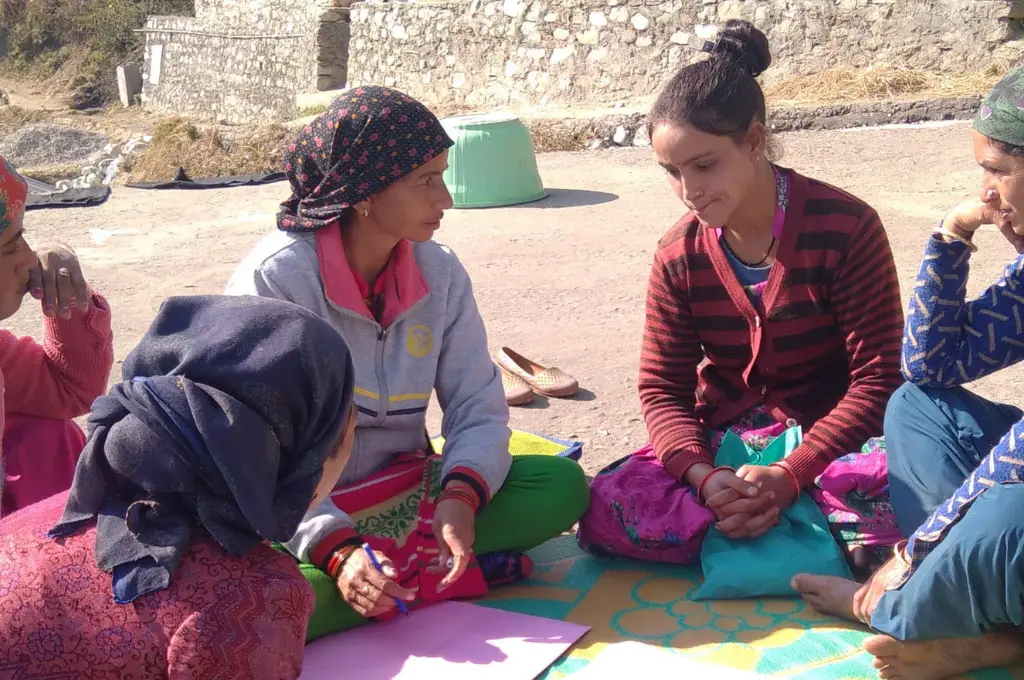
Taking a community-based approach to mental health
We define the communities we work with in two ways: first, as larger neighbourhoods with limited resources, and second, as collectives of people from these localities who are living with mental health conditions. We then identify and nurture the EBEs from within these collectives.
Historically, persons with psychosocial disabilities have been dismissed as lacking reason, and their knowledge and experience are often devalued. Marginalised individuals are excluded from producing knowledge or designing interventions as they are deemed ‘unfit’ to address their own health needs. Meanwhile, the expertise of external service providers, who typically have formal tertiary education, is considered essential to developing community health programmes. This dynamic can add to a sense of inadequacy and lack of agency among the very communities such services are meant to assist.
EBE groups draw on their lived experience and local knowledge to provide valuable insights.
Consider the example of a formally qualified male social worker from an urban background, with no personal experience of mental illness, creating interventions for women in rural areas. To make the interventions relevant, he would need to educate himself on privilege, intersectionality, and the ways in which stressors such as poverty and social exclusion might lead to mental health conditions.
EBE groups draw on their lived experience and local knowledge to provide valuable insights into mental health, recovery, and related challenges to guide programme design. This approach not only strengthens interventions but also upholds the value of people’s skills, capabilities, and knowledge, as opposed to a singular focus on ‘objective’ external professionals. Over time, this fosters a sense of confidence and ownership, ultimately leading to a sustainable, community-driven initiative.
This is especially important in mental health, where stigma, secrecy, and ineffective or even harmful practices persist. Since these challenges are deeply rooted, they need long-term, localised solutions.
Here’s how nonprofits can incorporate an EBE approach to ensure that interventions are responsive to people’s needs.
1. Form an EBE group that reflects diverse identities
To promote equitable processes and outcomes, it is essential to involve people who have experienced structural disadvantage and marginalisation from the start of any new programme. Many times, organisations invite lived experience advisors who are otherwise privileged through education or socio-economic status. While they have important contributions, it is also important to include and represent people with intersectional experiences of marginalisation.
The communities we work with primarily consist of individuals facing multiple socio-economic and health-related challenges. Many are migrants and often live in informal and unauthorised settlements with shared amenities that are poorly maintained.
Burans community health workers invite participation from community members with at least two of the following intersectional identities: (1) residence in either informal urban settlements or remote rural villages), (2) lived experience of psychosocial disability, (3) limited formal education, (4) self-identification with the female gender, (5) living in poverty and (6) status as female head of household, such as widowed women.
When designing and implementing programmes, our groups include individuals from a mix of different social and economic backgrounds, as well as those with varied experiences of mental illness and disabilities. This is to make sure that there’s a greater possibility of understanding each other’s experiences and developing responsive and creative solutions.
2. Co-create a safe space to talk
In many of the groups we created for co-production, discussions would often be dominated by a few vocal participants. Individuals with severe mental health conditions and/or low literacy levels tended to be very quiet, often sharing that they were not used to being given the space to contribute their views at home either.
Facilitators can play a key role in ensuring that everyone is able to express their point of view. One way to encourage participation is to invite group members to take turns and speak on simple matters—for example, to share something they feel thankful for. This makes them comfortable about speaking up. The participants then take turns to express opinions on more nuanced aspects of programme design. Group members can also be asked to contribute to an area where they clearly have expertise. In addition, participants are more likely to engage when they share a similar socio-economic background with other members.
3. Build relationships of trust
Establishing trust within the group is central to the process of co-production. In practice, this means meeting with EBEs several times over the course of four to eight weeks before starting on the group’s programme work. These initial meetings involve sharing life experiences, games, and role-plays. When group facilitators share their own experiences of disadvantage or mental distress, it makes it easier for group members to trust and connect with them, and to open up.
Having community health workers, who are EBEs, as co-facilitators also increases the sense of safety in the group because they understand the area’s socio-cultural context. We train our staff for mental healthcare planning and encourage our health workers to share their experiences both within and outside the organisation to establish and acknowledge their expertise. Long-term, regular interventions foster greater empathy, active listening, perspective-building, and non-judgemental engagement among group members.
4. Make EBEs feel confident in their expertise
Group members who have experienced multiple forms of structural disadvantage find it challenging to recognise their own expertise, especially when they have had no previous opportunities to share their opinions in public.
Creating diverse avenues for participation also helps create a safe space for group members.
Their expertise needs to be made visible—to themselves and to the group—so that they feel confident in sharing their views. One approach is to set a concrete task that requires strong contextual knowledge. For example, they could be shown a picture and asked for advice about making it more relevant to their community. Another example is of a person who has navigated local governance systems to obtain a disability certificate. They might consider it a routine life experience, but when they are asked to share the process and their experience with other individuals, they begin to recognise their expertise.
Creating diverse avenues for participation also helps create a safe space for group members, who might otherwise feel judged when speaking in front of other people. To address this, we explored creative ways to acknowledge and emphasise people’s expertise. For instance, one group initiated a local celebration for World Mental Health Day across the district, and group members had the opportunity to speak before their communities.
Another way to recognise expertise can be in the form of providing financial remuneration. This also makes it easier for members, especially women, to secure permission to attend meetings, and signals that their contribution to the project is valuable.
5. Avoid tokenistic representation at all costs
Co-production has a tendency to slip into tokenism. For example, if a psychiatrist is mandated by law to ask a patient, “What matters to you?”, they may do so just to fulfil a doctor–patient obligation. Importantly, individuals from marginalised backgrounds or those with severe mental health conditions may feel pressured to respond in a way that pleases the clinician, or they may even experience shock or distress at being asked such a question.
Low literacy levels and the inherent hierarchies in doctor–patient relationships further complicate meaningful engagement, reducing the exercise to a tokenistic gesture rather than a sincere effort to improve care. It is up to clinicians and community health workers to genuinely understand and to balance the power dynamic between themselves and their clients.
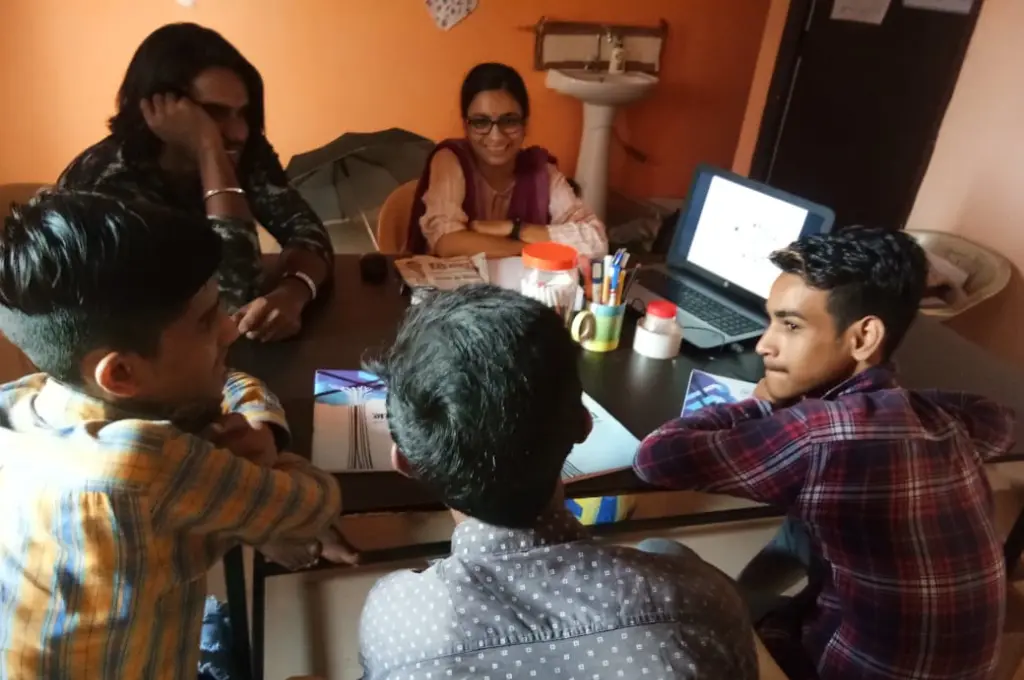
A commitment to patience, flexibility, and organisational humility
Implementing democratic principles is a deliberate and attentive process and extends beyond programme design to include changes in organisational culture and processes.
1. Making internal processes accessible and equitable
In order to build and deliver democratic programmes, we first had to change our internal ways of working to make them inclusive and equitable. This included, for instance, moving away from organisational tools like Gantt charts to processes that are more accessible for our EBE advisors. We also took conscious steps to make sure that custodial and office management duties, such as sweeping the floors or making tea, were shared by everyone through a roster system.
We have tried to change the way how people address each other by doing away with terms such as ‘sir’ and ‘madam’, which immediately signal hierarchies, and to instead use terms like ‘didi’ or ‘bhai’. Our hope is that when less hierarchical practices are embedded within our own team, they can take root in our work with communities. Entrenched social and power dynamics do not change quickly—this requires conscious effort. Due to structures of exclusion, EBEs—especially people from marginalised and underserved communities—might hesitate to voice their opinions. The responsibility lies with host organisations to ensure that people can participate fully.
2. Being responsive to EBEs’ needs
EBEs’ experience with mental illness might impact their ability to work, making it necessary for them to take breaks. Over time, their participation might also be affected. Organisations need to provide support for EBEs to access effective healthcare. Meetings must be set at times and places that suit community members. We have also observed high turnover in EBE groups and have had to be willing to understand and accept that people may need to leave this role for short or extended periods of time.
3. Building awareness among funders
We have tried to communicate to funders that co-production and EBE participation require a slower pace and extended timelines to support a more participatory process. While most funders have been receptive, some have remained rigid regarding timelines.
Co-production in mental healthcare is not just about inclusion—it’s about shifting power dynamics. By recognising the expertise of those with lived experience and building systems that allow them to shape programmes from the ground up, organisations can create more relevant, accessible, and equitable mental health services.
—


